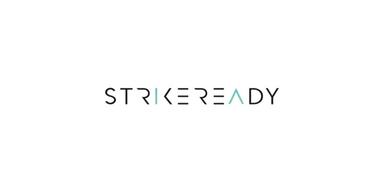Manufacturing Security: Why Default Passwords Must Be Eliminated

A recent cyberattack on a U.S. water facility serving 7,000 people was not about scale, it was about failing security. Iranian hackers gained control of a critical pressure station by exploiting the factory-default password “1111.” This event prompted the U.S. Cybersecurity and Infrastructure Security Agency (CISA) to issue urgent guidance urging manufacturers to eliminate default credentials entirely.
1. Why Default Passwords Persist
Default credentials like “admin/admin” or “1234” are still widespread across devices for several reasons:
- They simplify initial setup and bulk deployment.
- They're embedded in legacy systems lacking modern security.
- Manufacturers often deprioritize secure-by-design practices.
However, this convenience comes at a significant cost: leaving default passwords unchanged is tantamount to hosting a “red-carpet event” for attackers seeking easy access.
2. Real-World Attacks Fueled by Defaults
Default passwords have been the root cause behind high-profile attacks:
- Mirai botnet: Compromised over 600,000 IoT devices using 61 common default credentials, launching massive 1 Tbps DDoS attacks against services like Twitter and Netflix.
- Supply-chain infiltrations: Devices with unchanged default logins serve as beachheads, enabling hackers to install backdoors, move laterally, and undermine otherwise secure environments.
3. Consequences of Ignoring Defaults
Letting default passwords slide can cause damage far beyond the initial breach:
- Botnet enlistment: Infected devices become part of large-scale malicious operations.
- Ransomware footholds: Weak credentials serve as initial access points for attackers.
- Supply-chain risk: One compromised OEM device can threaten entire networks.
- Security control bypass: No firewall or detection system compensates for credential misuse.
Organizations pay with lost reputation, legal penalties (e.g., under the EU’s Cyber Resilience Act or California’s IoT rules), and steep costs tied to incident response and downtime.
4. Design Guidance: What Manufacturers Must Do
CISA urges a paradigm shift toward secure-by-design, including:
- Unique, unit-based credentials: Each device gets a unique password printed on its label.
- Password-rotation APIs: Credentials should be reset on first boot.
- Zero‑trust onboarding: Require external verification (e.g., QR codes, MFA).
- Firmware integrity: Sign and verify login modules to prevent tampering.
- Developer training & audits: Scan for default-password weaknesses before shipping.
5. What IT Teams Should Do Now
Until manufacturers fully comply, IT teams must enforce proactive measures:
- Maintain an updated inventory of devices and their credentials.
- Immediately change or disable default passwords at deployment.
- Implement policy enforcement tools like Specops Password Policy for centralized, automated password management.
- Regularly scan the network, ensure device compliance, and integrate MFA where possible.
Bottom Line
Default passwords like “1234” or “1111” are not mere oversights; they're glaring vulnerabilities. Eliminating them requires collective action: manufacturers must embed security at the design stage, and IT teams must enforce safe practices immediately. Until then, devices with unchanged credentials remain open invitations to attackers.
Business News
Bring Your Own Device: Meaning and Financial Advantages
Making Weather Programmable: How Retrospective Climate Data Fits into Modern Tech Stacks
How Fashionphile Founder Built a Luxury Resale Empire from eBay to Millions
How Executives Can De-Risk Payment Operations in Regulated Industries
Why Your Engine Air Filter Plays a Bigger Role Than You Think




















